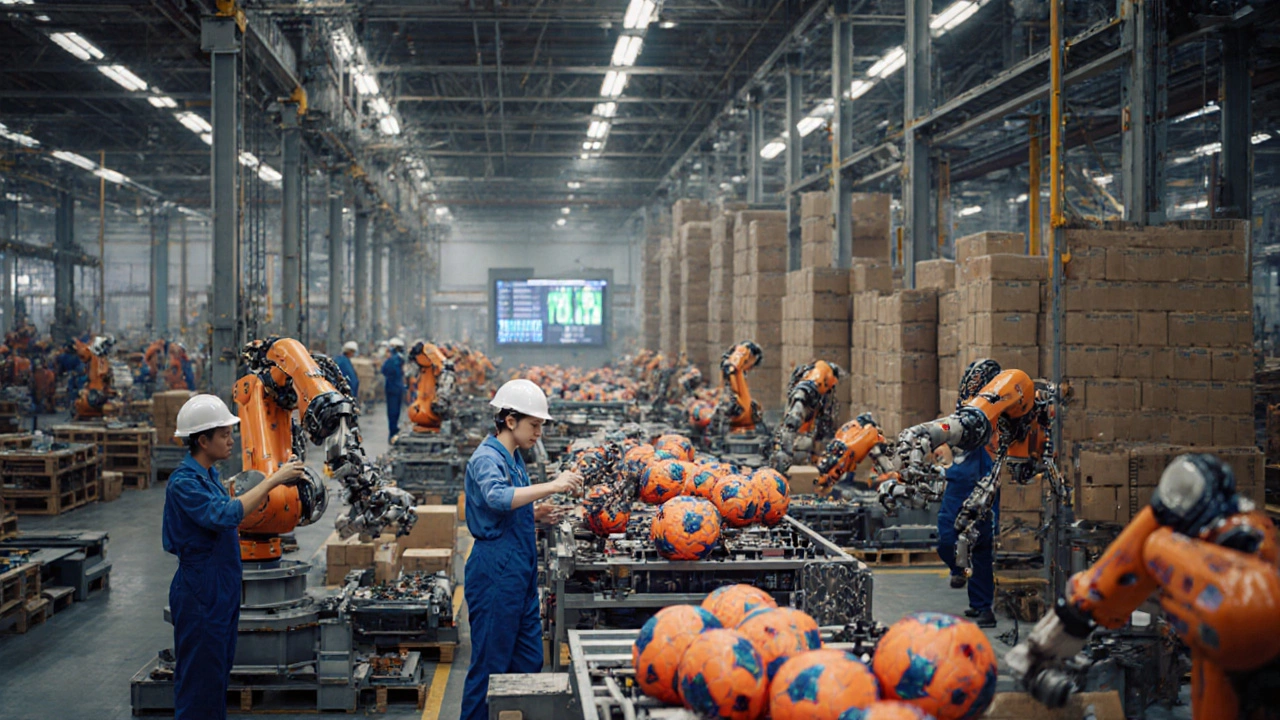Sports Equipment Factories – Finding the Right Gear Maker
If you’re hunting for a factory that can turn ideas into real sports gear, you’ve landed in the right spot. Whether you’re a coach, a small brand, or just curious about how that new football or bike helmet gets made, the basics don’t change. You need a place that knows the sport, respects safety rules, and can deliver on time without blowing your budget.
In the UK, the scene is a mix of long‑standing workshops and newer high‑tech plants. Both types can produce quality gear, but they each have strengths. Old‑school factories often pride themselves on hand‑crafted details, while modern facilities push automation for consistency. Knowing which side fits your project saves a lot of hassle later.
What Makes a Good Sports Equipment Factory?
First, look at the factory’s track record. Ask for a list of brands they’ve worked with and request samples. A solid factory will have a portfolio that shows they’ve handled similar products, whether it’s football boots, cycling helmets, or gym mats. Pay attention to the materials they use – polyethylene, carbon fibre, or natural leather – and whether they source those responsibly.
Second, check certification. In the UK, most sports gear needs CE marking or other safety approvals. A factory that already follows ISO 9001 or has specific sports standards (like EN 1078 for helmets) proves they take quality seriously. Don’t forget to ask about testing facilities. Some factories have in‑house labs, while others work with external labs. Either way, you want proof that every batch can pass impact or durability tests.
Third, consider communication. You’ll be sending designs, tweaking prototypes, and needing quick answers when something goes wrong. A factory that responds fast, uses clear language, and offers a single point of contact makes the whole process smoother. If they’re comfortable with video calls and sharing CAD files, that’s a big plus.
Tips for Choosing the Right Manufacturer
Start with a short list of three to five factories. Use online directories, ask fellow coaches, or check trade shows like the UK Sports Show. Once you have names, request quotations that break down costs: tooling, material, labour, and shipping. Hidden fees often appear at the end, so a detailed quote helps you compare apples to apples.
Next, order a prototype. This step tells you if the factory can follow your design and meet quality expectations. It also reveals how long they need for production. If the prototype arrives late or with defects, you’ll know early enough to switch plans.
Don’t overlook location. A factory closer to your distribution hub can cut shipping time and costs. However, sometimes a specialist factory farther away is worth the extra miles if they offer superior technology or lower unit prices.
Finally, think about scalability. If your product catches on, you’ll need more units quickly. Ask the factory how they handle larger orders and whether they have extra lines ready. Factories that can ramp up without sacrificing quality keep your brand reliable.
Choosing the right sports equipment factory is about matching your needs with the right expertise, safety standards, and communication style. Take the time to vet, test, and ask the right questions – it pays off in gear that feels right, lasts longer, and keeps athletes safe.
Where Is Most Sports Equipment Made? A Global Breakdown

Explore the global landscape of sports equipment production, from China's dominance to emerging hotspots, and learn how supply chain choices affect price, quality, and ethics.
